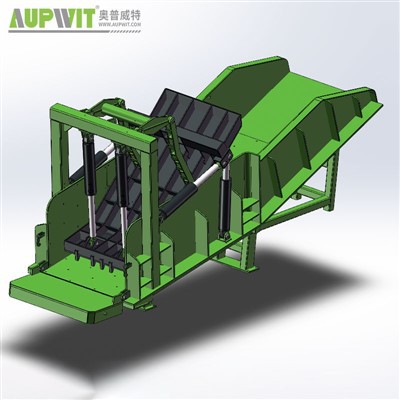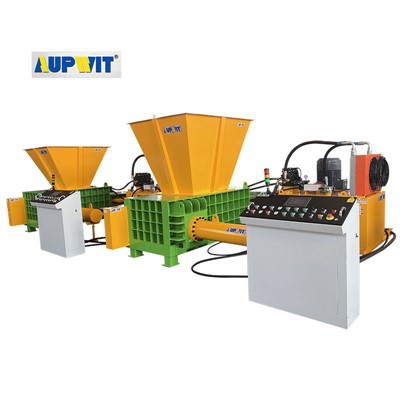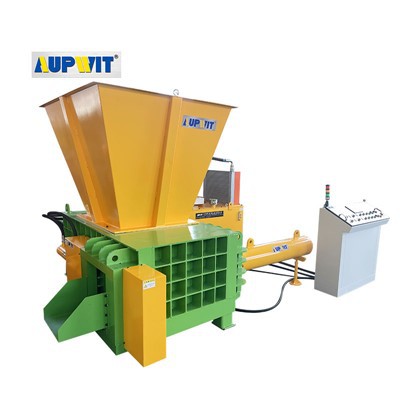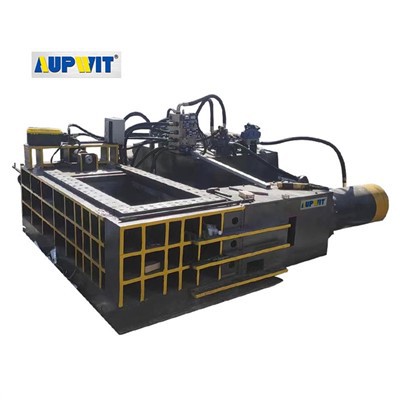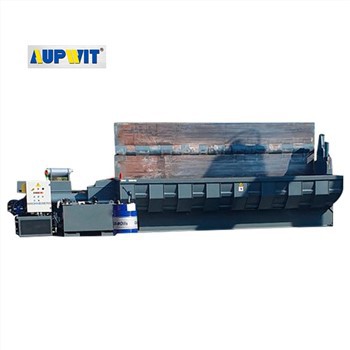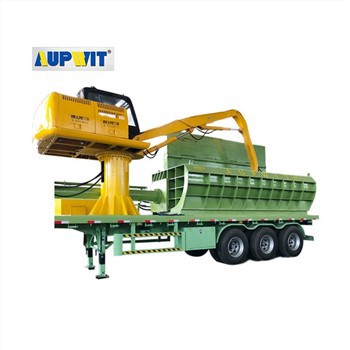Advanced Technologies in Car and Tire Baler Machines
Modern car and tire baler machines have integrated several innovative technologies to enhance their performance, efficiency, and adaptability in recycling operations.
Automated Control Systems
The application of programmable logic controllers (PLCs) and sophisticated sensors represents a significant technological advancement. For example, sensors can detect the presence and position of tires, enabling the baler to start the compression process automatically and adjust the pressure according to the tire load. This not only improves the accuracy of the baling process but also reduces human error and labor requirements.
Artificial Intelligence Integration
Another emerging technology is the use of AI and machine learning algorithms. AI-powered systems can analyze data from various sensors, such as the density of the bales, the force required for compression, and the number of cycles completed. Based on this analysis, the baler can optimize its operation, predicting when maintenance is needed or adjusting the compression force to achieve better-quality bales.
For instance, if the system detects that the bales are not as dense as expected, it can automatically increase the compression time or force in subsequent cycles.
Advanced Hydraulic and Pneumatic Systems
Newer balers often feature high-pressure hydraulic systems that can generate greater force with less energy consumption. This allows for more efficient compaction of tires, especially large and thick-walled ones. Additionally, some machines use pneumatic components for quick-acting operations, like the initial clamping of tires before the main compression, which speeds up the overall baling process.
IoT Connectivity
The adoption of Internet of Things (IoT) technology has made it possible to remotely monitor and manage car and tire baler machines. Operators can access real-time data about the machine's performance, such as the number of bales produced, energy usage, and any error messages, from a smartphone or computer. This enables proactive maintenance, as well as better planning and resource allocation for recycling facilities.
Key Benefits of These Technologies:
- Improved operational efficiency and productivity
- Reduced manual labor requirements
- Higher quality and more consistent bales
- Energy savings through optimized processes
- Predictive maintenance capabilities
- Remote monitoring and management


